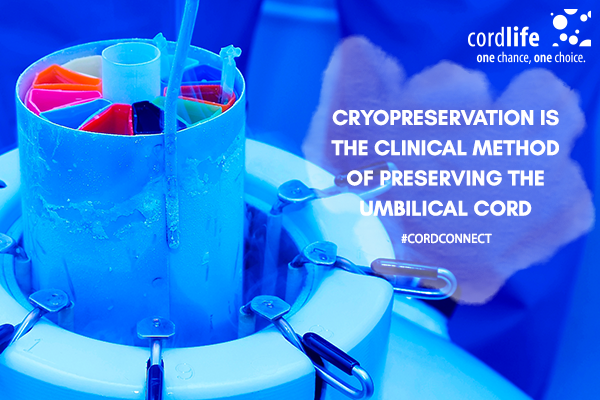Table of Contents
Umbilical cord was at first discovered in 1974, as the main source of hematopoietic stem cells as well as the progenitor cells. The first transplantation of the umbilical cord was done in 1988 for the treatment Fanconi Anemia in France. Earlier the tissues of the umbilical cord were considered as a waste but in the past decade, it has been seen that these tissues can be used for deriving mesenchymal stem cells, from various compartments of the umbilical cord. These compartments are the intervascular, perivascular, subendothelial layer of blood vessels and sub-amniotic zones of Wharton’s jelly. The main disadvantage is the transient nature of the tissue of the Umbilical cord as it is only available for a short time of period after postpartum. However, cryopreservation can be used for the preservation of umbilical cord and its components. Here you can get the details about the cryopreservation of the different types of umbilical cord vessels.
Cryopreservation of Umbilical Cord-derived Vessel
The UC blood vessels are cut off in an appropriate diameter without any branches. It makes the UC derived vessels as the most effective for the cryopreservation. The process of cryopreservation of the umbilical cord does not infer the preservation of the components of the cell. So, the medium of cryopreservation is composed up off saline solution. The cryopreservation of the cord blood vessels can be preserved in the walls of blood vessels.
Cryopreservation of Wharton’s Jelly
Wharton’s jelly is a gelatinous substance which cannot be found in the human body after the birth. It helps in protecting the blood vessels and provides flexibility to the cord. It consists of a huge amount of growth factors and components of the extracellular matrix as collagen, sulfated glycosaminoglycans, and hyaluronic acid.
Cryopreservation of the UC Cellular Component
The storage of sperm on dry ice was first started in the year 1953. After that, the dry ice was replaced by liquid nitrogen for long term storage of the sperm. The process of cryopreservation allows preservation in both suspensions as well as whole tissue fragmentation. Contemporary cryopreservation technologies support the long-term preservation of the cells that can preserve the adipose tissue, follicle tissue, fragments of bone marrow, ovarian and testicular tissues after thawing. The umbilical cord tissue must be processed before the storage so that it can reduce the time, expenses of the material help in storing the cells in natural environments, and the cells can be isolated as well as expanded as per requirements.
Prospects of Umbilical Cord Banking
UC derived cells are needed for the treatment of cardiovascular diseases, failures of skeletal muscles, neurological autoimmune disorders. So, there is a huge demand for the preservation of the blood vessels, cellular component, and WJ. The effectiveness of obtaining cells from the thawed tissues of the umbilical cord is mainly affected by the cryoprotectant medium, protocol for isolation of cells and the mode of freezing.
